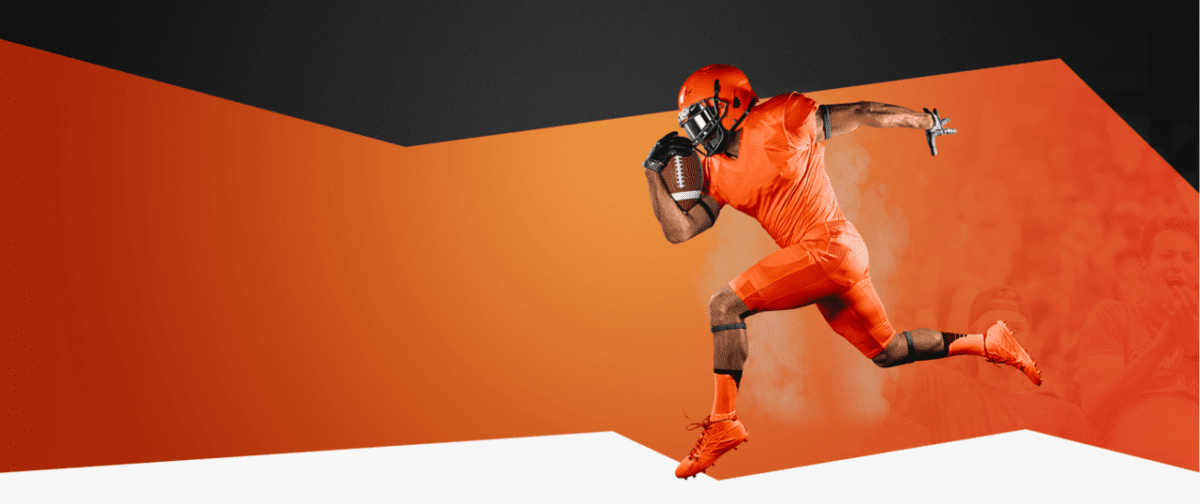In an upset long foreseen by NCAA analysts and sideline enthusiasts alike, a recent preliminarily approved settlement in the House v. NCAA lawsuit has potentially opened the door for student-athletes to receive compensation of unprecedented levels. This landmark case could potentially distribute roughly $2.8 billion in name, image, and likeness (NIL) backpay while also establishing a future revenue-sharing framework, holding significant implications for college football recruiting.
As coaches, administrators, and student-athletes grapple with the potential consequences of this historic settlement, the dust begins to settle. The influx of funds directly to athletes could dramatically reshape the recruiting process, as schools with deeper pockets gain a significant advantage in attracting top talent.
A New Era of NCAA Athlete Compensation
The House v. NCAA settlement, if fully approved, could mark the end of the NCAA’s long-standing amateurism model. Now comes a new era where student-athletes are recognized as valuable contributors to their universities’ financial success. The proposed $2.8 billion in backpay is just the beginning, as experts expect future revenue-sharing arrangements to dwarf this initial figure, should the suit come to pass.
This means that college recruits’ decision-making process will likely involve a more significant financial component. Schools offering a larger share of their media rights revenue may present a sweeter offer to secure the most sought-after players.
This change could widen the gap between the haves and have-nots, with power conference schools potentially pulling even further ahead of their Group of Five and FCS counterparts.
Adapting to a Changing Field
As the financial side of college athletics faces down this potential change, coaches and administrators may need to adapt their recruiting strategies accordingly. Third-party collectives have been instrumental in facilitating NCAA or NIL deals. Their role may diminish as athletic departments become the primary financiers of player compensation.
However, this does not mean the importance of data-driven recruiting tools will wane. On the contrary, as the stakes increase and the competition for top talent intensifies, coaches will need every advantage to identify and target the most promising recruits.
Platforms like scoutSMART, which use predictive analytics to provide insights into a player’s potential fit and capabilities, will become even more valuable in this new age.
With more significant financial outflow, so too will the demands and specificity of each program, requiring more oversight and greater efficiency with every move. Advanced technological tools excel at this, especially those surrounding new athletes’ onboarding and recruiting process, NCAA or otherwise.
The Future of College Football Recruiting
As word spreads of the preliminary House v. NCAA settlement, one thing is clear: college football recruiting will never be the same. The introduction of direct athlete compensation, alongside the potential for revenue-sharing arrangements, will fundamentally reshape the way coaches and administrators go about the recruiting process.
Those who embrace more strategic forms of decision-making and the latest technology will be best positioned to succeed. Platforms like scoutSMART have already established themselves as leaders in sports analytics. It will be increasingly vital in helping coaches cut costs and establish working relationships with their athletes.
With the sun setting on the amateurism NCAA model, these tools will help programs adapt to the new realities of football recruiting and build the successful teams of the future.

